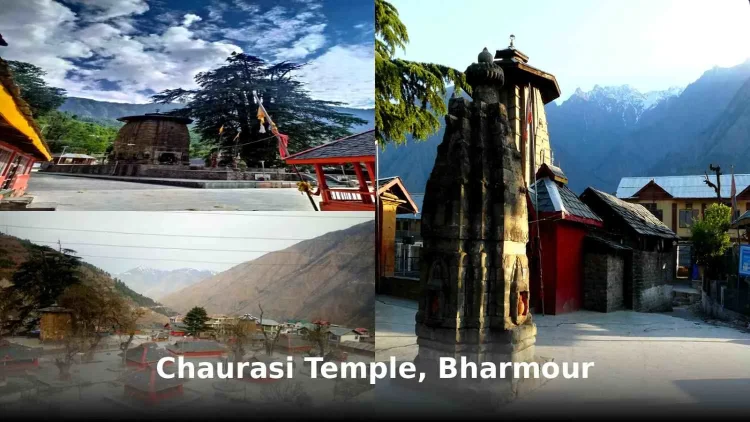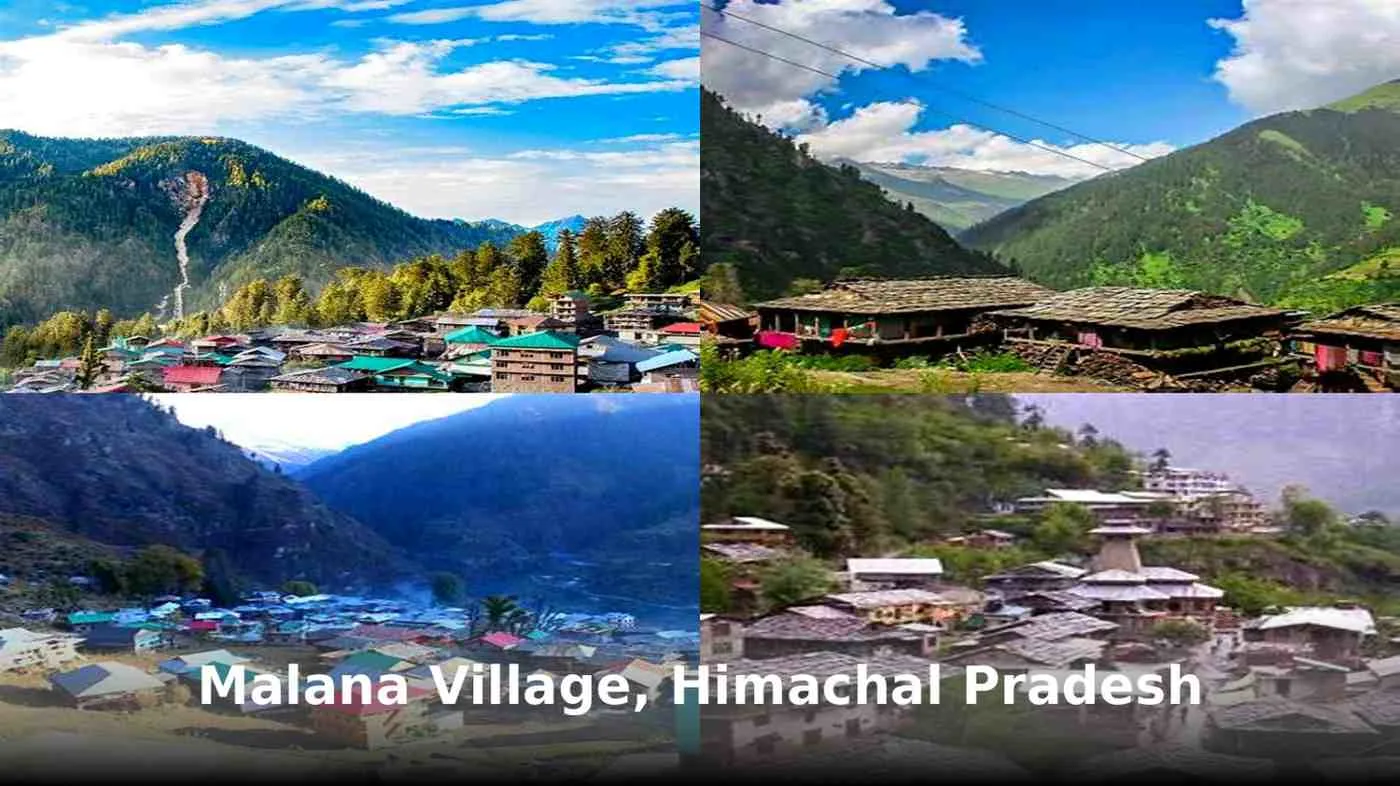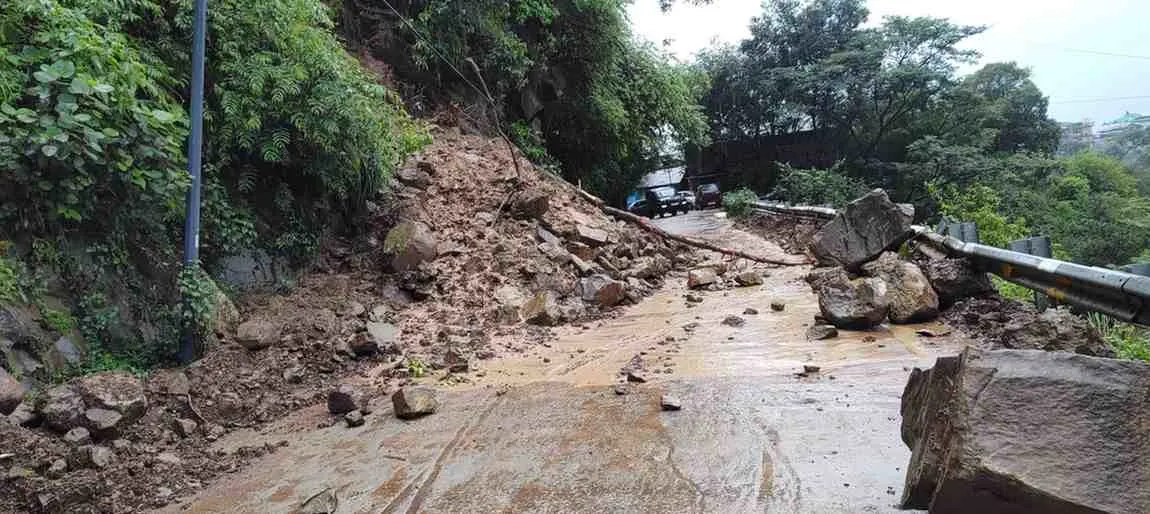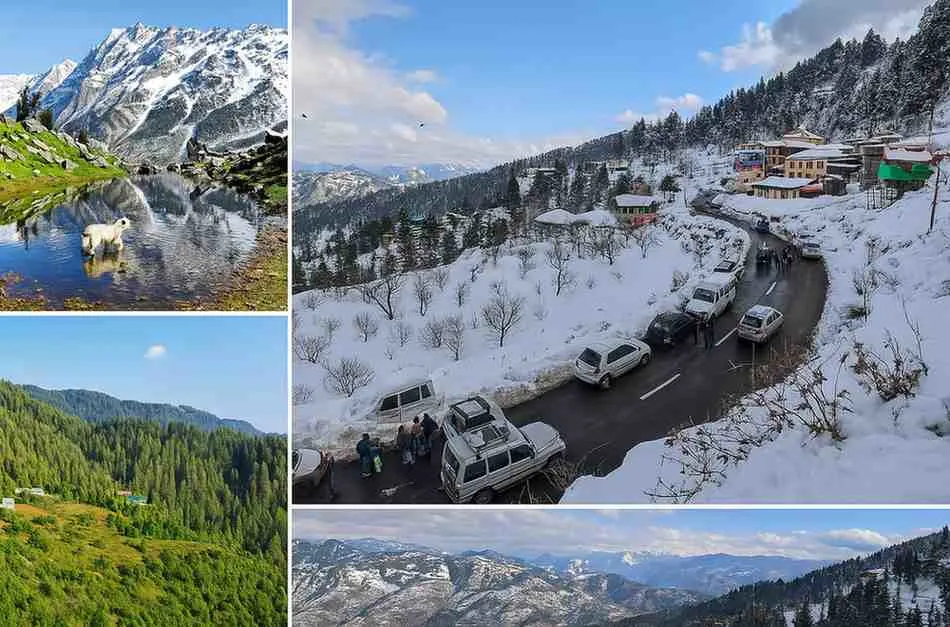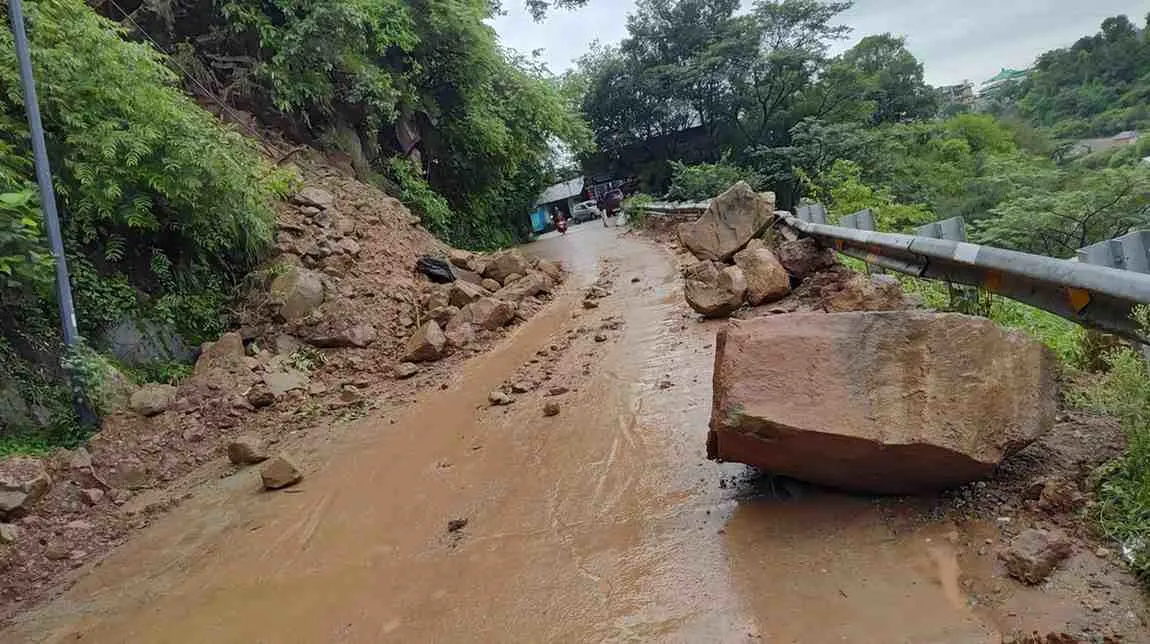Chaurasi Temple isn’t just a historical site—it’s the spiritual backbone of Bharmour, a quiet town tucked deep in the Chamba district of Himachal Pradesh. Surrounded by snow-capped peaks and pine forests, this ancient temple complex sits at over 2,100 metres, commanding both reverence and awe. What makes it special? It’s not just the age (over 1,300 years), or the fact that it was built by King Sahil Varman—it’s the collective presence of 84 distinct shrines that gives this place its name and its energy.
At the center is the Manimahesh Temple, linked to Lord Shiva and the famous Manimahesh Yatra. But there’s more—shrines for Dharamraj (Yamraj), Ganesh, Narasimha, and Devi Lakshana. Every step inside the Chaurasi Temple Bharmour complex feels layered—with mythology, with ritual, and with centuries of quiet devotion. If you want to understand Himachal Pradesh’s spiritual core, this is where you start.
Location & Setting of Chaurasi Temple
Bharmour sits in Chamba district of Himachal Pradesh, perched around 2,100–2,400 metres above sea level, cradled by the Pir Panjal and Dhauladhar ranges (hindutemples-india.blogspot.com). The valley’s serenity only adds to the appeal of Chaurasi Temple Bharmour.
History of Chaurasi Temple
Chaurasi Temple Bharmour goes back nearly 1,300 to 1,400 years, rooted in the 7th century (Travelwithanki, Wikipedia, Mysterious Himachal, The Bum Who Travels, Golden Triangle Tours, Wanderlog). King Meru Varman—or Raja Sahil Varman, depending on source—built it in honour of the 84 Siddhas traveling from Kurukshetra who meditated here and blessed him with heirs (Wikipedia).
Meaning of “Chaurasi”
Chaurasi means ‘eighty-four’ in Hindi. The complex earns its name from the 84 shrines spread across the level ground in Bharmour’s centre—each physically and spiritually significant (Wikipedia).
Main Deities & Temples
The complex hosts a host of shrines:
- Manimahesh Temple (Shiva) – the Valabhi‑Shikhara-style heart of the complex (Wikipedia, Travelwithanki).
- Lakshana Devi Temple (Durga) – a rare, 7th‑century wooden shrine built in Gupta‑era style (Wikipedia).
- Narasimha Temple, Ganesha Temple, Dharmeshvar Mahadev (Dharamraj/Yamraj), Nandi Temple, and others rounding out the spiritual roster (Wikipedia).
This range of deities makes Chaurasi Temple Bharmour spiritually diverse and culturally rich.
Architecture of Chaurasi Temple
The Manimahesh Temple in the center flaunts Valabhi‑Shikhara architecture, while the Lakshana Devi Temple is known for its delicate, late‑Gupta wooden carvings (Wikipedia). Other shrines show stone carving and shrine diversity that speak to centuries of restoration and devotion (Dharmik Vibes).
Religious Significance of Chaurasi Temple
The complex plays a vital role in the Manimahesh Yatra—a pilgrimage whose journey begins here at the Manimahesh shrine (Travelwithanki). The Dharmeshvar Mahadev (Yamraj) shrine is unique—the only one of its kind in the world, serving as a divine court for departed souls (Namaste India Trip, Wikipedia).
Chaurasi Temple Festivals & Events
The heart of the pilgrimage season is Manimahesh Yatra from May to November (Namaste India Trip, HubPages). Festivals—especially Bhai Dooj, connected to Yamraj—draw local devotees. The site remains peaceful outside yatra season (Mysterious Himachal).
How to Reach Chaurasi Temple
Bharmour is about 60 km from Chamba, with paths to Pathankot and Dalhousie nearby (Incredible India). The nearest railway station is Pathankot Cantt (~180 km) and the closest airport is at Kangra/Gaggal (~176 km) (thedivineindia.com).
You reach Bharmour via road—either private vehicle, local bus from Chamba, or on foot—especially during the pilgrimage season (Namaste India Trip, aguidetohimachal.com, The Bum Who Travels).
Best Time to Visit Chaurasi Temple
Summer (May–November) is best. Weather is moderate, and it’s pilgrimage season (Namaste India Trip, HubPages). Winter is harsh and snowy—scenic, but tough travel and many facilities shut down.
Chaurasi Temple Nearby Attractions
- Bharmour Town, with its orchards and terraced farms (Incredible India)
- Manimahesh Lake—a sacred trekking destination nearby (Wikipedia)
- Bharmani Mata Temple (~4 km away) dedicated to Shakti worship (Wikipedia)
- Kugti Wildlife Sanctuary—a few hours away, ideal for nature lovers (additional local resource).
Chaurasi Temple Travel Tips
- Stay in Bharmour—simple guesthouses or homestays suit pilgrims. Book ahead during yatra (Namaste India Trip).
- Respect rituals: modest attire, shoe removal, maintain silence.
- Altitude and changing weather call for warm clothes, sun protection, and walking shoes.
Conclusion
So why Chaurasi Temple is a must-visit? Because it stands at the crossroads of history, spirituality, and culture: Chaurasi Temple Bharmour invites quiet awe, weaving your experience into the tapestry of Himachal’s sacred past.
FAQ
1. Where is Chaurasi Temple located?
In Bharmour town, Chamba district, Himachal Pradesh.
2. Why is it called Chaurasi Temple?
Chaurasi means eighty‑four—because of its 84 shrines.
3. Who built Chaurasi Temple in Bharmour?
Raja Meru Varman (or Sahil Varman) built it to honor 84 Siddhas.
4. How old is Chaurasi Temple?
About 1,300–1,400 years—dates to the 7th century.
5. Which deities are worshipped at Chaurasi Temple?
Shiva (Manimahesh), Durga (Lakshana Devi), Ganesh, Narasimha, Yamraj, Nandi, and others.
6. What is the link between Chaurasi Temple and Manimahesh Yatra?
The Yatra begins at the Manimahesh shrine in the complex and is central to pilgrimage tradition.
7. What is the best time to visit Chaurasi Temple?
May to November—during yatra and mild weather.
8. How can I reach Bharmour from Chamba or Pathankot?
By road—local buses or private vehicle; the pilgrimage footpaths are active during yatra season.
9. Are there any festivals celebrated at Chaurasi Temple?
Yes—especially the Manimahesh Yatra; Bhai Dooj is notable at the Yamraj shrine.
10. What are the nearby attractions to Chaurasi Temple?
Bharmour town, Manimahesh Lake, Bharmani Mata Temple, and Kugti Wildlife Sanctuary.
